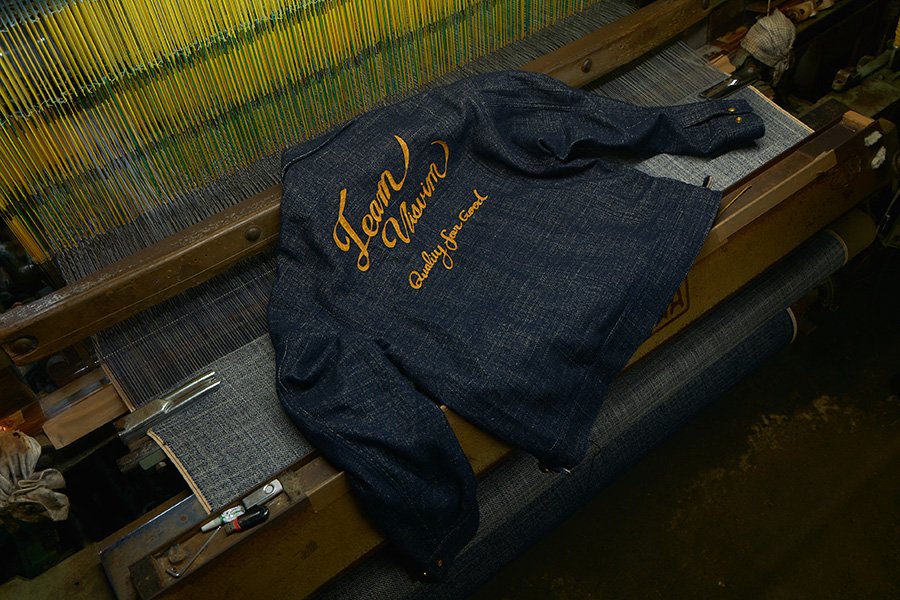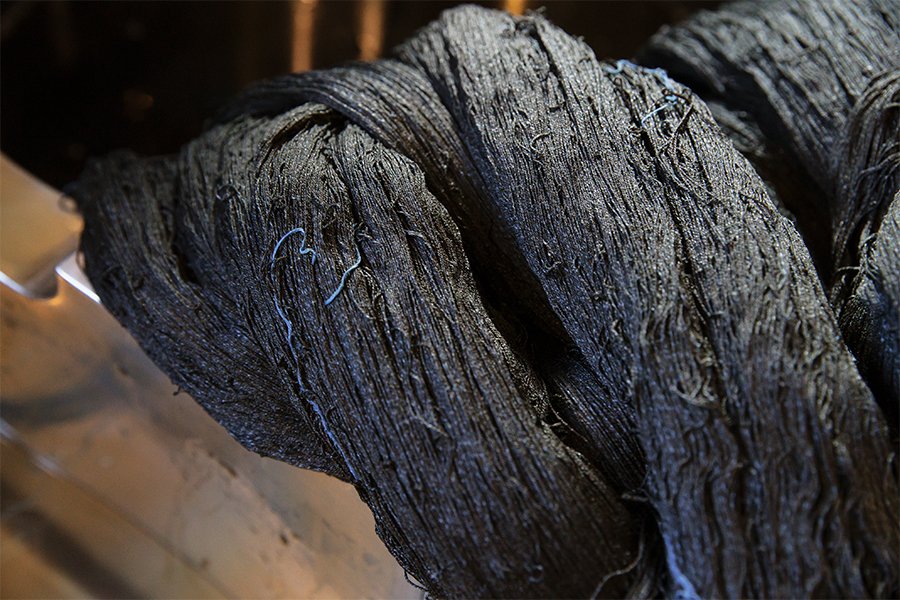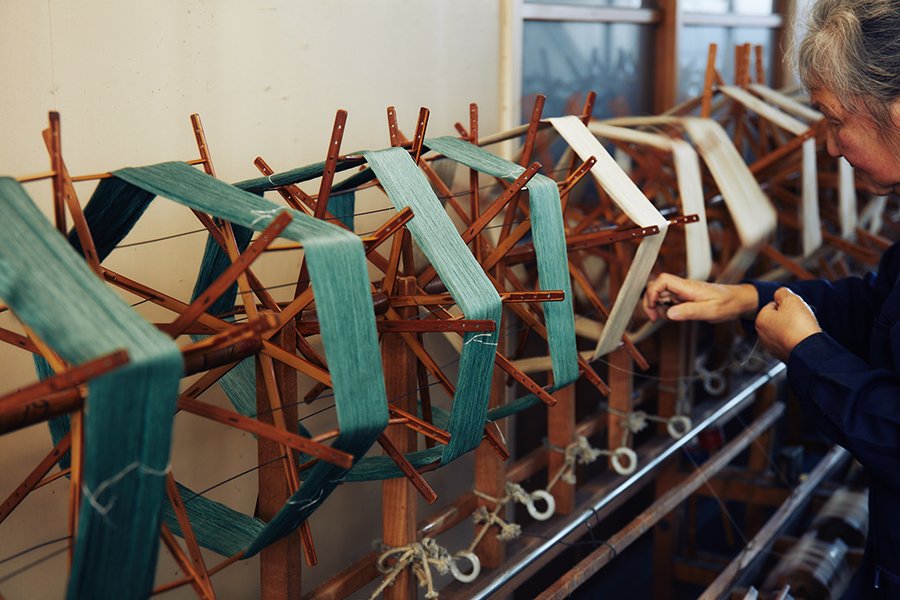Dissertation
Fiber
"Fiber" is defined as a thread or threadlike structure or object. Yarn, which is the foundation of various fabrics, is now often artificially produced using scientific processes. However, before these kinds of modern technologies were created, yarn was almost completely made by utilizing plant fibers.
| Category: | Material |
|---|
| Date: | 2017.02.07 |
|---|
| Tags: | #fiber #visvim |
|---|
"Fiber" is defined as a thread or threadlike structure or object. Yarn, which is the foundation of various fabrics, is now often artificially produced using scientific processes. However, before these kinds of modern technologies were created, yarn was almost completely made by utilizing plant fibers. From ancient times, humans have spun plant fibers manually, spinning the yarn by hand, but during the 10th century the "spinning wheel" was introduced, and during the 18th century the automatic loom was invented in England. This invention helped spark the Industrial Revolution and paved the way for advanced technological innovations. Before these advancements in spinning became the norm, fibers from the past hint at its extensive history and how they served as a vital part of peoples' everyday lives.




Before modern times, such as in the Edo period, common people started to wear cotton garments, but in areas such as the Tohoku region where cotton was scarce, breathable cloth made from hemp and ramie plants were often used to make work wear. Fibers of different lengths were twisted by hand, and as a result many of the fabrics made using this method have uneven surfaces. On the other hand, with modern techniques the fibers are all cut short and evenly, making he thickness of the yarn even throughout. These contrasting techniques naturally yield different textures in the finished fabrics. Modern day machine made yarn is more flat in texture and smooth, while yarn made by hand using traditional methods have a rougher uneven surface where the appearance has more depth and character. There is specific appeal that comes from the unevenness of traditional fabrics, and we intentionally have incorporated random blends of fabrics with different lengths such as weaving hemp for the warp yarns and cotton for the weft yarns amongst other blends in attempt to bring a more unique feel to modern products.



These products have been made using "ramie" fibers obtained from the barn or skin coming from the stalk of the perennial plants belonging to the Urticaceae family. This type of traditional Japanese fiber was used widely throughout the country as well as "elm" fibers obtained from the bark of deciduous trees of the Ulmaceae family, often found in traditional Ainu garments. These fibers are not only used as fabrics for the garments themselves, but also as strings and ropes that were hand spun with fibers from hemp and ramie plants then utilized as accessories and parts to various other products.





It's common for luxurious fibers such as silk to grab the spotlight while utility wear made with hemp and other fibers that we may have seen on an everyday basis often get overlooked. However, there is truly something beauty in these more common fibers as well. Common people of the past carefully spun the fibers by hand and the resulting garments were used with extreme care, giving a sense of attachment to the user. This connection between materials and people is something that we hope to pass down to future generations.










